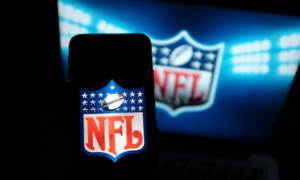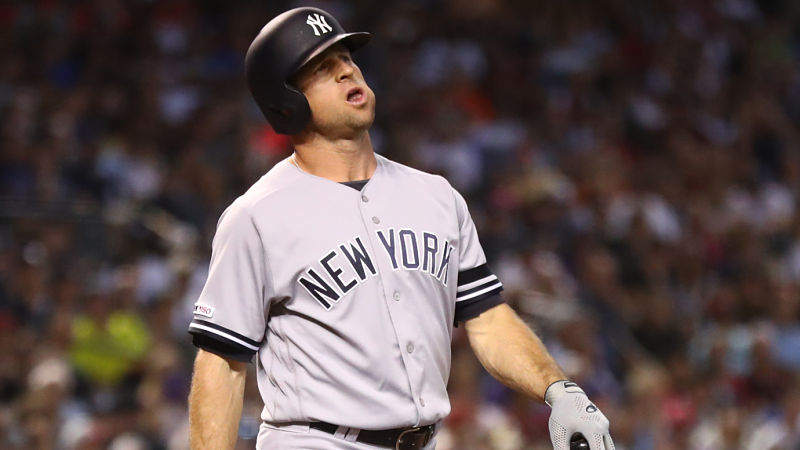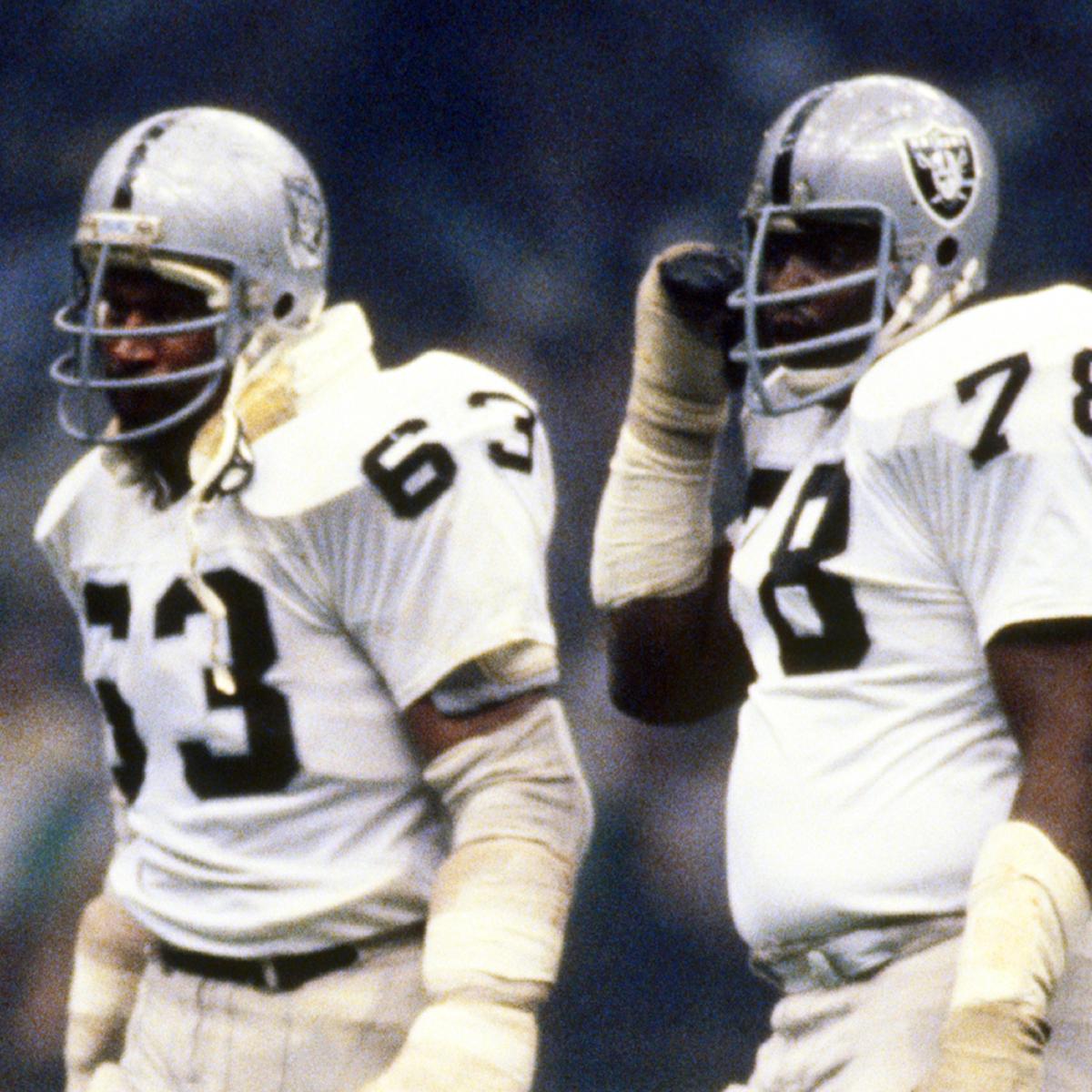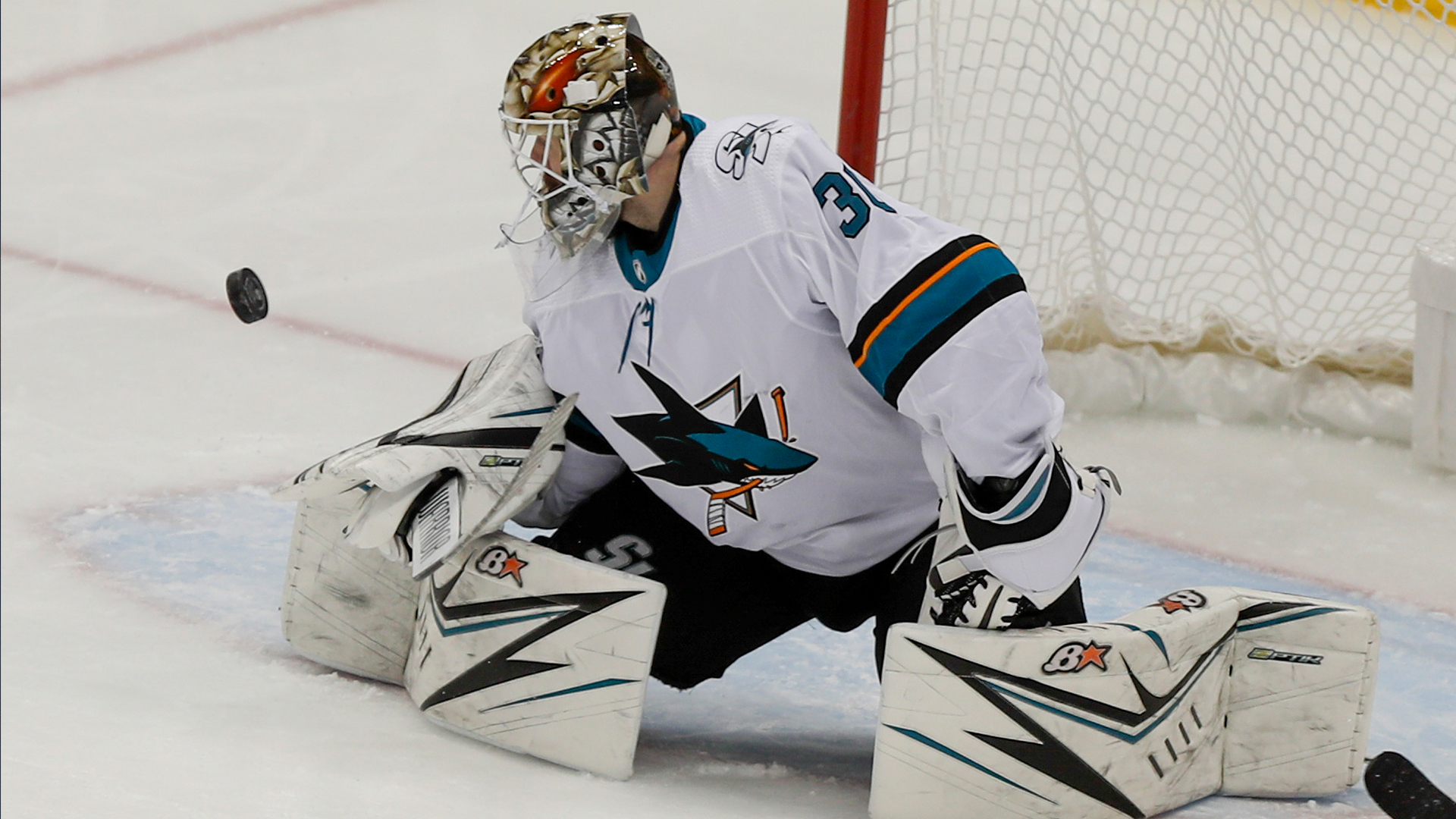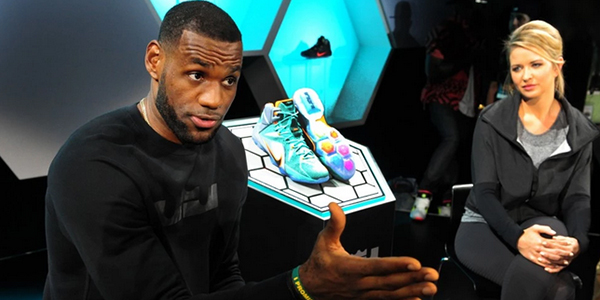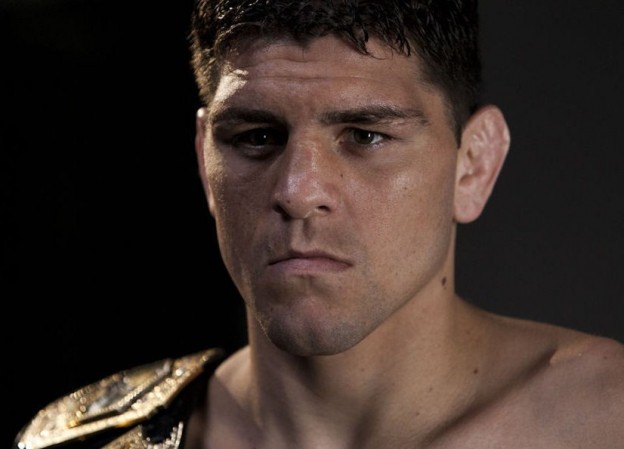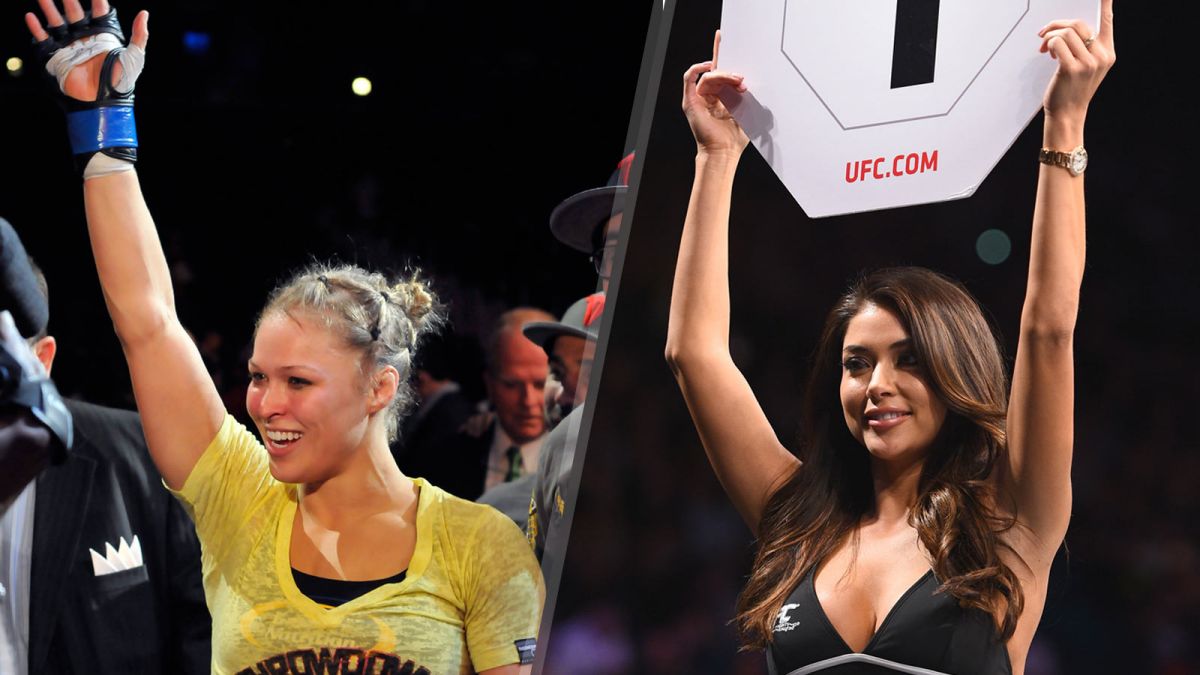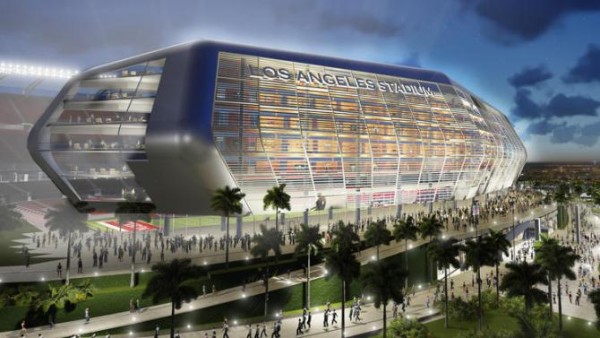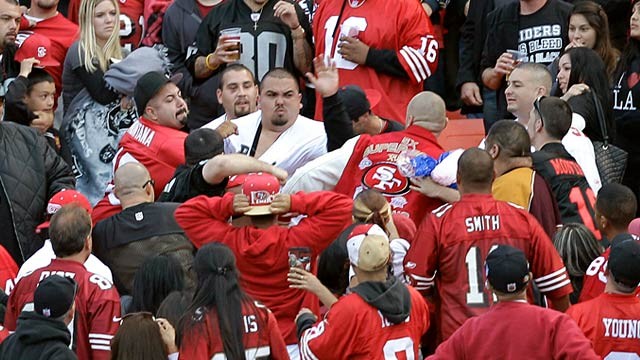Even at 28% capacity, or approximately 11,500 tickets sold per NLCS and World Series game, there is substantial risk to the public.
Major League Baseball learned during its regular season to be cautious, so naturally, now that the postseason has begun, the league has chosen to be reckless.
The coronavirus pandemic continues to rage. Cases continue to spike. More than 210,000 Americans are dead. And MLB is inviting fans to travel to Texas, currently the most infectious state in the union, to watch baseball games.
When the league announced that it would make tickets available to the National League Championship Series and the World Series, some fans surely rejoiced. Scientists cringed.
Zach Binney, a PhD in epidemiology who wrote his dissertation on injuries in the NFL and now teaches at Emory, frames it this way: Every step we take toward normalcy involves risk and benefit. Even at 28% capacity, or approximately 11,500 tickets sold per game, there is substantial risk to the public. And what is the benefit?
Attending games in person “is something we want to do,” says Binney. “But a lot of people are not doing things they want to do. That’s part of living in society.”
The league says it believes it can keep fans safe. The Rangers’ new ballpark, in Arlington, Texas, will host the NLCS and the World Series. These will be outdoor events with minimal unmasked interaction between strangers. MLB will sell tickets only in groups of four, called pods, and it will require that only people who live together sit in the same pod. Fans will be required to wear masks except when actively eating or drinking.
But how well can officials really enforce these policies? Will they be patrolling the stands, asking pod members to produce utility bills to prove they share a home? And what about the secondary market? StubHub is the league’s official resale partner, so it can require fans to comply, but independent brokers are subject to no such oversight. And who decides where a long pause between bites becomes inactive eating?
The logistical questions stretch in every direction. These are neutral-site games, meaning fans will likely come from out of town. They risk bringing the virus to Texas or taking it back home. And once they arrive, even if they stay in their pods, they are bound to overlap when entering and exiting, when in line for concessions or when in the bathrooms. And perhaps most concerning of all, an issue on which MLB has not even reached a decision: The park boasts a retractable roof, one of the features that made it attractive as a postseason host in the first place. This is not an indoor bar, but still: What if it rains?
This is all so frustrating because MLB had a chance to be a success story. It entered the season with inadequate health and safety protocols. By the end of Opening Weekend, it faced a COVID-19 outbreak that felled 21 members of the Marlins: 19 players and two coaches. While Miami was sidelined, seven Cardinals players and six staff members tested positive. The season was in danger.
Commissioner Rob Manfred deserves credit for adapting. He tightened the protocols, officially prohibiting players from going to places where large groups of people congregate, encouraging them to stay in their hotels on the road and requiring all teams to travel with a compliance officer who could enforce the policies. He postponed games and quarantined teams after just one positive test. And it worked. The league never had another outbreak. The NBA’s and NHL’s bubbles were more secure—no one at either site has tested positive—but baseball became the sport that gave the country the best case study in how to proceed safely with fewer restrictions.

And then the team owners saw the opportunity to make some money. They will continue to protect the players; they just care less about the fans. Georgia Tech created a tool that estimates, given community spread, the likelihood that a gathering of a given number of people will include someone carrying COVID-19. In Tarrant County, where Globe Life Field is located, the chance that someone at a gathering of 10,000 has the virus is more than 99%. The chance that someone at a gathering of 10 has it is 22%. Hope the bathroom lines are short!
Kathleen Bachynski is a PhD in epidemiology who wrote a dissertation and a book on youth football and now teaches at Muhlenberg College. She believes that MLB became too comfortable after it snuffed out its early outbreaks. No one is rooting for the league to fail and for people to become sick. But sometimes we draw the wrong message from success.
“The way we think about risk is, if something goes O.K. once, that means it’s O.K.,” she says. “But not every risky choice results in a bad outcome. You might not wear your seatbelt one day and not get in a car crash. That doesn’t mean it’s O.K. not to wear your seatbelt. People might take the fact that they got away with it as evidence that it’s O.K. to do the same thing.”
She invokes Richard Feynman, a Nobel Prize–winning physicist who served on the Rogers Commission that investigated the 1986 explosion of the space shuttle Challenger. Feynman explained that NASA had repeatedly ignored warnings from engineers because past launches had been successful. He compared NASA to “a child that runs in the road and the parent is very upset and says it’s very dangerous. Sooner or later the child gets run over. Is it an accident? No, it’s not an accident.”
She also objects on principle. “We have staggered school days,” she says. “We have redesigned classrooms. While we’re making all these incredible efforts in other parts of our lives to limit large gatherings, it runs counter to that to say that for this it’s O.K. to bring 11,000 people together.”
Binney and Bachynski see the right decision here as obvious. But they do not believe MLB will make it.
“The risk to MLB of allowing fans is minimal,” Binney says, “Because nobody’s going to hold them accountable if something bad happens, and by the time we detect that something bad has happened, the World Series is over. This is exactly what you would expect a for-profit organization to do: get away with everything it can.”
——————-
Did you miss our previous article…
https://sportsgooru.com/mlb/rays-yankees-dont-turn-to-bullpens-at-first-sign-of-trouble/

